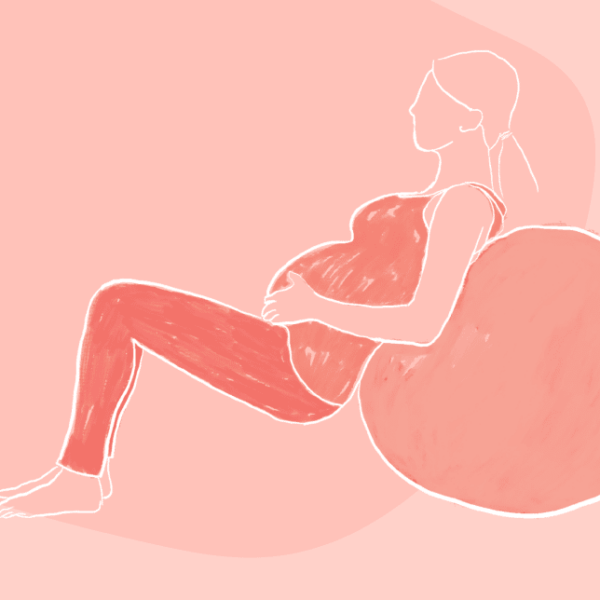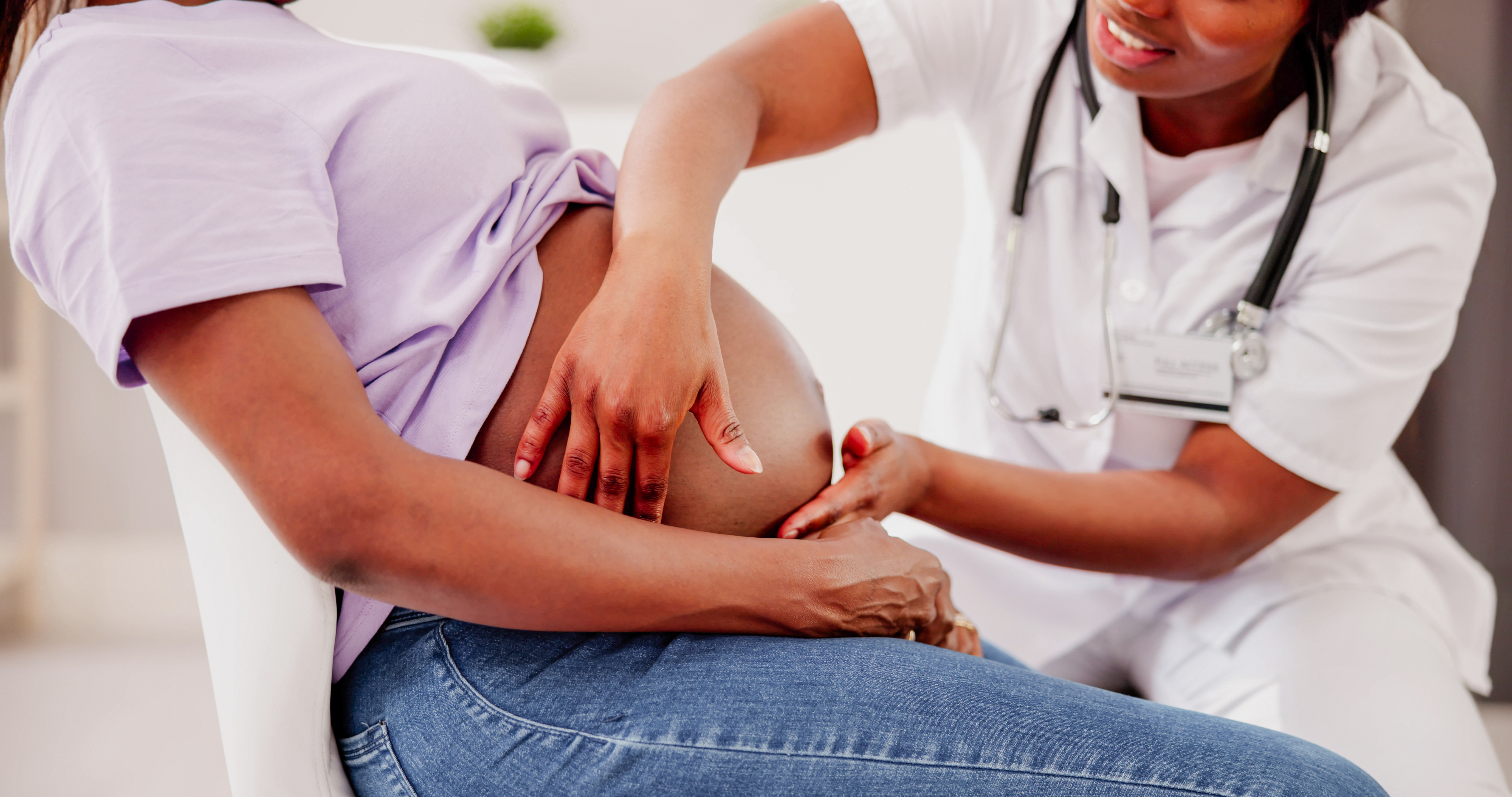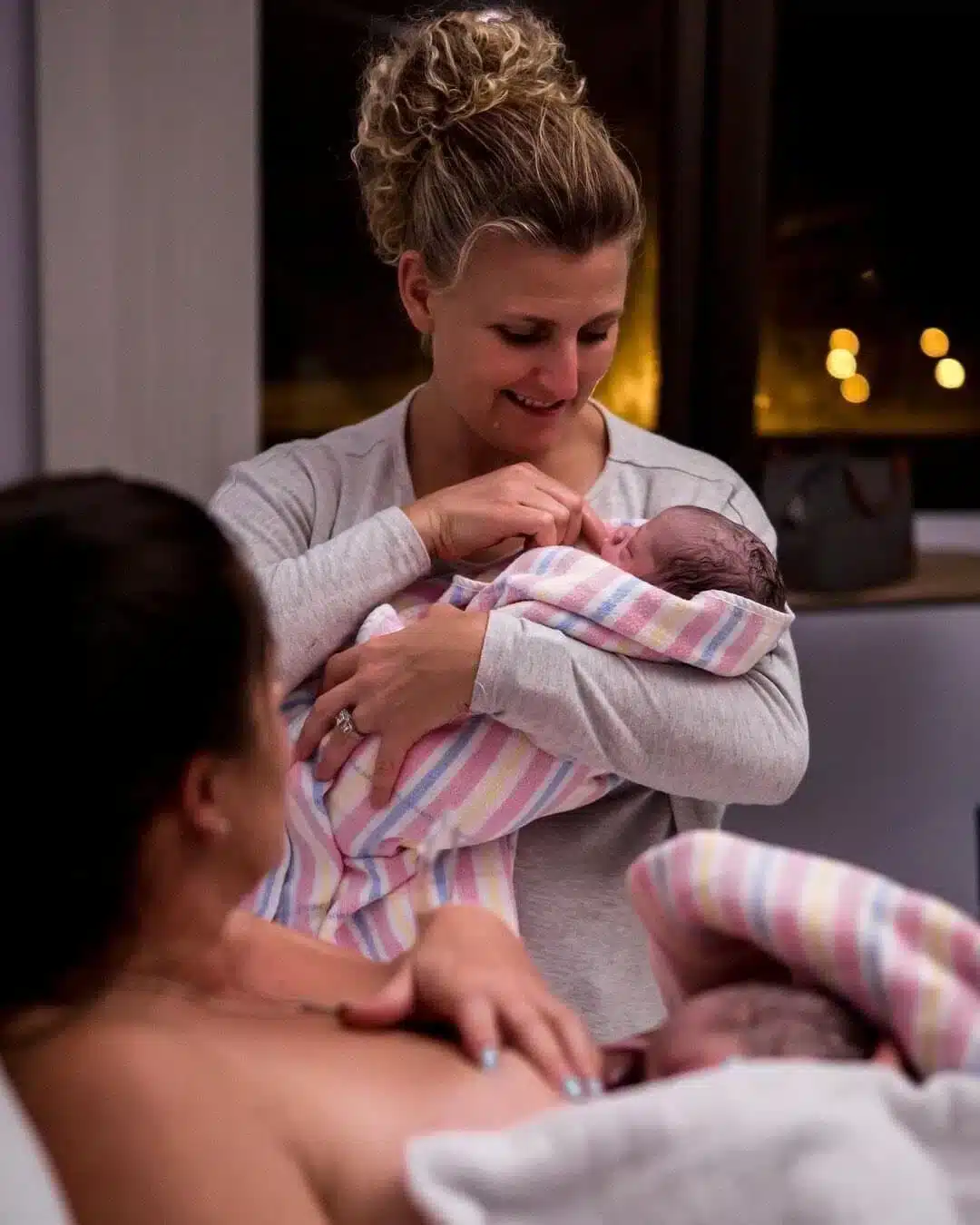Pregnancy Miles Circuit
Miles Circuit

The Miles Circuit can be used as a tool to encourage your baby into an aligned and ideal birthing position.
What is the Miles Circuit?
It’s a 90-minute movement sequence that’s been mentioned a few times on the podcast by women who are convinced it kick-started contractions and got labour going.
Ultimately it’s used as a tool to encourage your baby into an aligned and ideal birthing position.
In pregnancy it can help rotate your baby in the uterus, it can be utilised in late pregnancy to prompt contractions and it can be used in a slow or stalled labour to establish consistent and productive contractions.
Doula Megan Miles is a Birth and Postpartum Doula, Childbirth Educator and Student of Midwifery. She has been serving families since 2005 in the Seattle Area.
When should you do the Miles Circuit?
It is recommended to wait until you are 37 weeks to start doing it and to start slowly with each position only being 10 minutes long.
You can do the Circuit not only to start labour, but also during labour.
The circuit can be used to:
- To help relieve pressure on the lower back, and possibly turn a malpositioned baby if the pregnant person is having back labour.
- In early labour to help ensure your baby is in an excellent position, and the pregnant person gets to rest for the first part!
- To help regulate or speed up a labour that has become erratic or has slowed down.
These positions can be used if labour seems to be not progressing. (ie contractions are not getting stronger, longer and closer together) if there are signs of back labour, or the position is determined to be not LOA, either by vaginal exam or external palpation.
How do you do the Miles Circuit?
There are three different stages, each taking 30 minutes:
Step 1. Open knee position
After practising cat/cow, push back into an open knee position with your chest to the floor and your bum up high.
Step 2. Supported side-lying
Come into a supported side-lying position with your top leg as high as it will go and your bottom leg straight.
Step 3. Get active and asymmetrical
This looks like conscious movement with one leg higher than the other (curb walking, lunging, walking up and down stairs sideways). These movements encourage your baby to work with gravity and move down into the pelvis.
Categories
Related Products
-
The Birth Class
108 reviews$249.00The empowering online childbirth education program that will help you confidently prepare for birth.
Get your copy of our Perineal Massage Guide in your inbox
Keep Reading
We think you might enjoy these articles
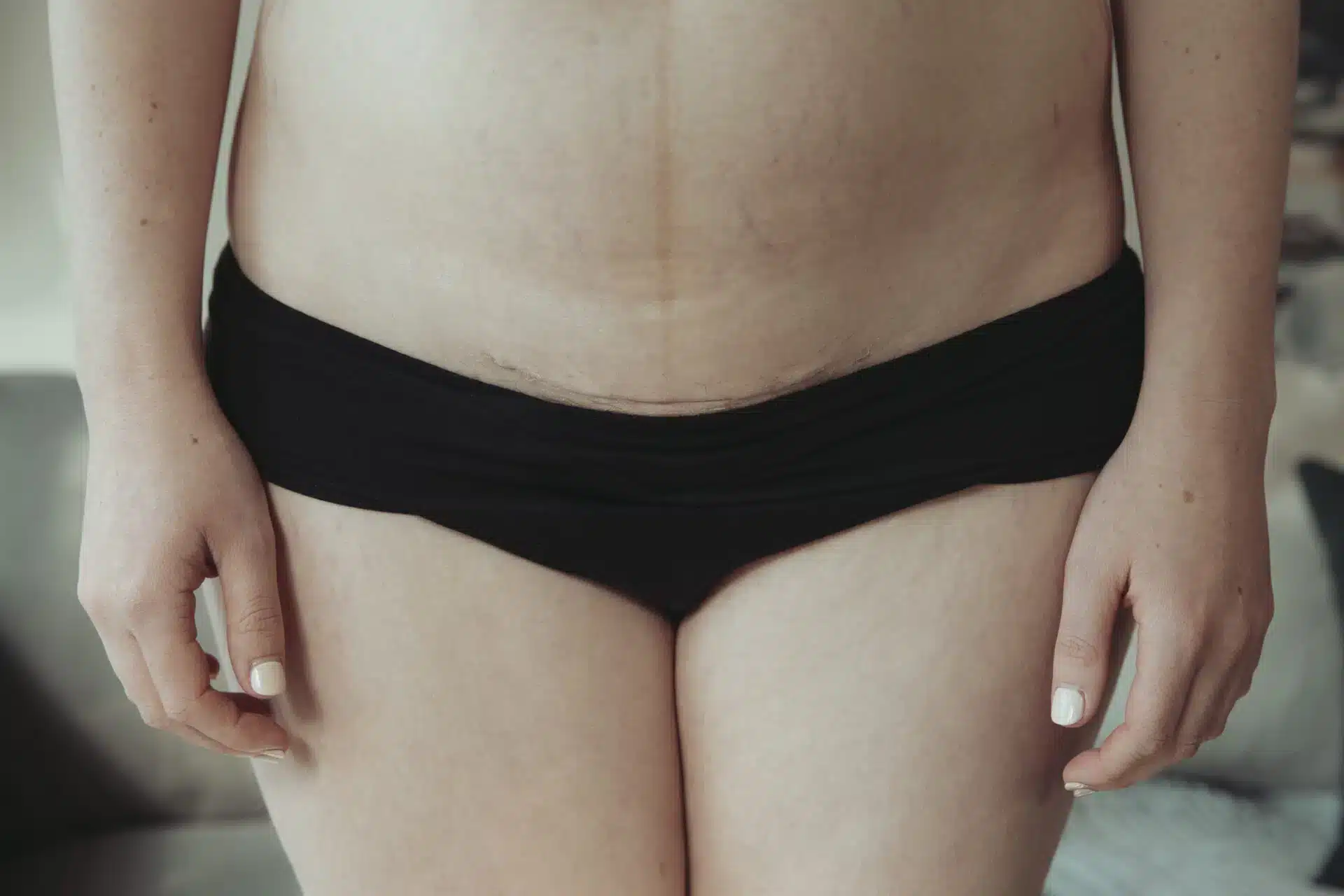
The Emergency C-Section Checklist You’ll Be Thankful You Had
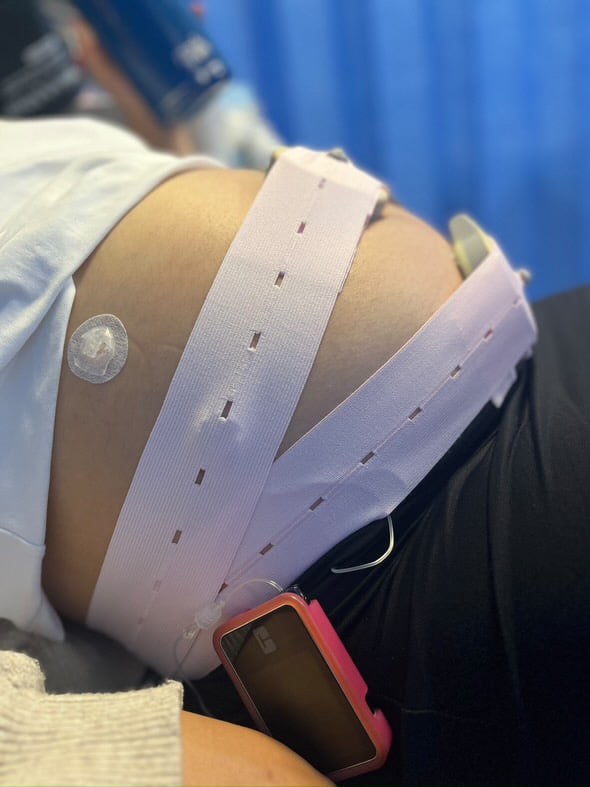
Pre-existing Diabetes and Pregnancy: What You Need to Know
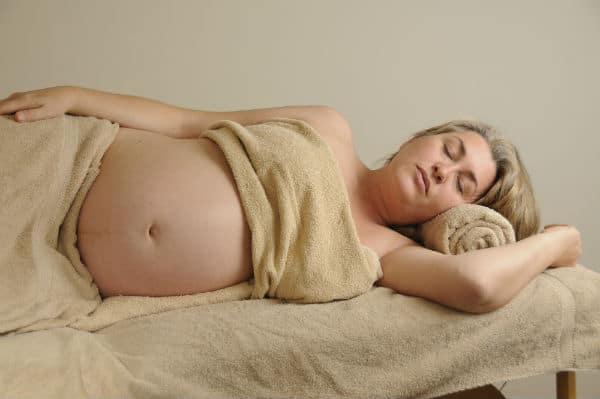
Harnessing the Power of Acupressure: A Natural Approach to Preparing for Birth
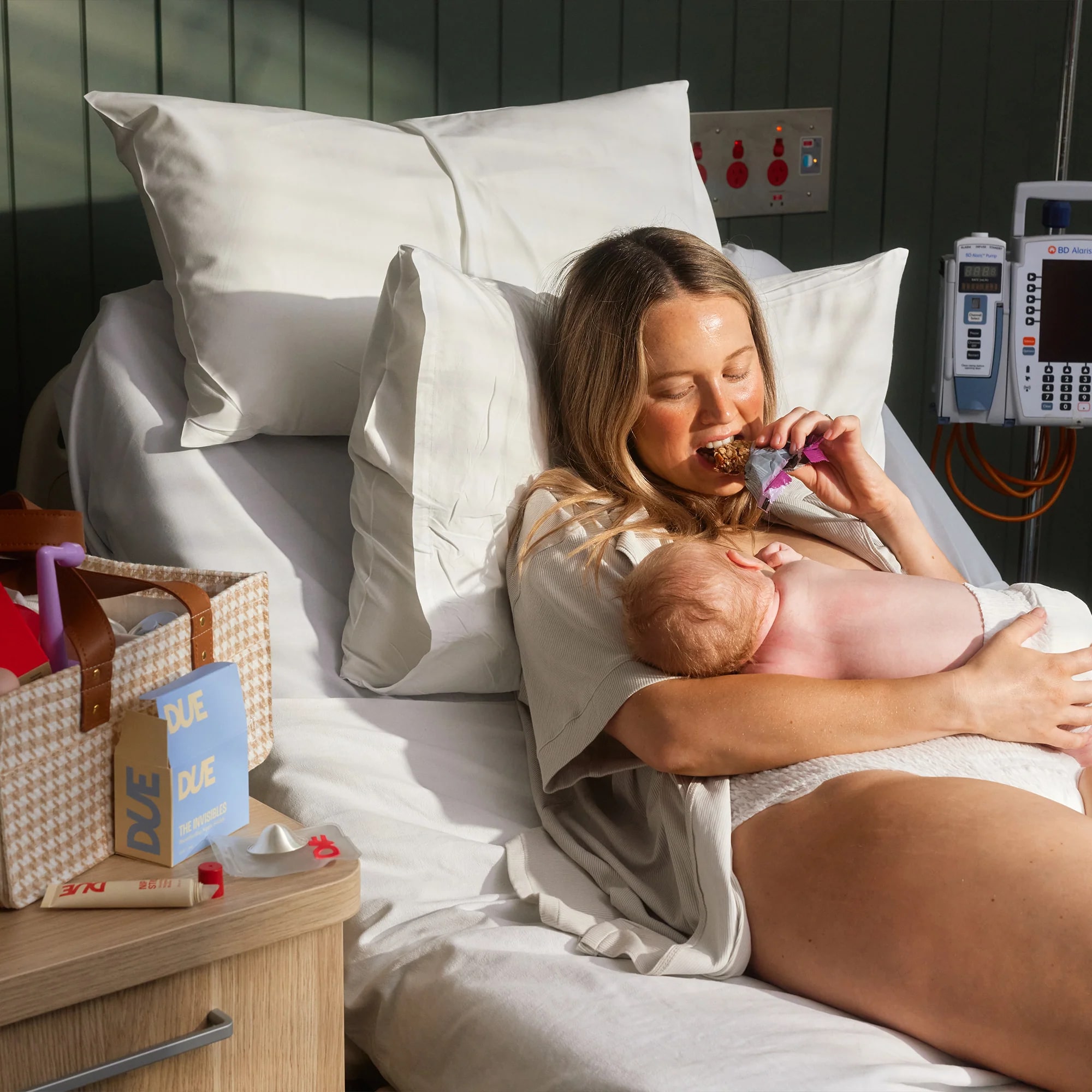
Thoughtful Christmas Gifts for your Pregnant Friend.
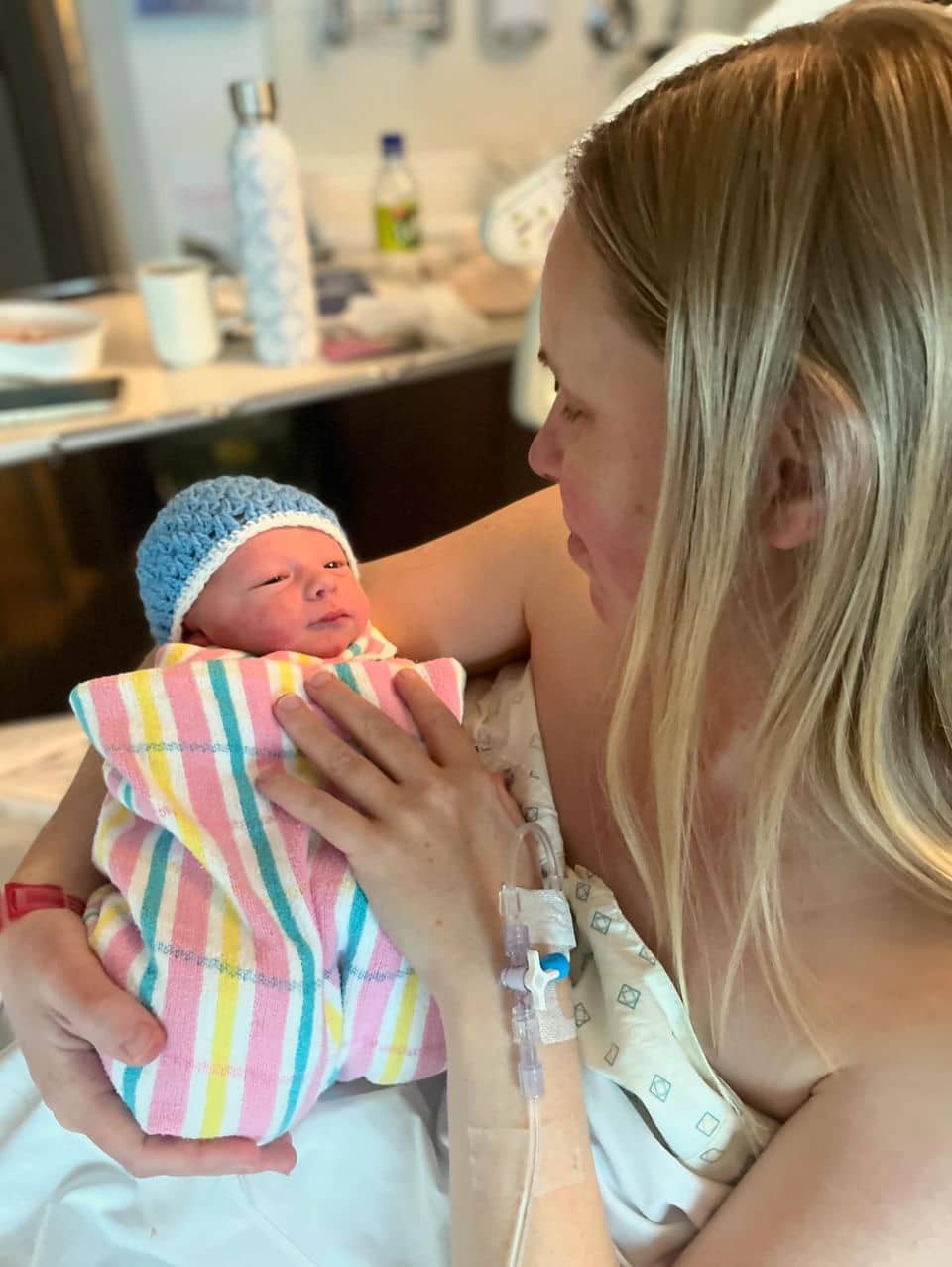
What is Pre-eclampsia?

Non-invasive Prenatal Testing (NIPT)
@AustralianBirthStories
Follow along with us
@AustralianBirthStories
Follow along with us
@AustralianBirthStories
Follow along with us
@AustralianBirthStories
Follow along with us
@AustralianBirthStories
Follow along with us
@AustralianBirthStories
Follow along with us
@AustralianBirthStories
Follow along with us
@AustralianBirthStories
Follow along with us
@AustralianBirthStories
Follow along with us
@AustralianBirthStories
Follow along with us
@AustralianBirthStories
Follow along with us
@AustralianBirthStories
Follow along with us
